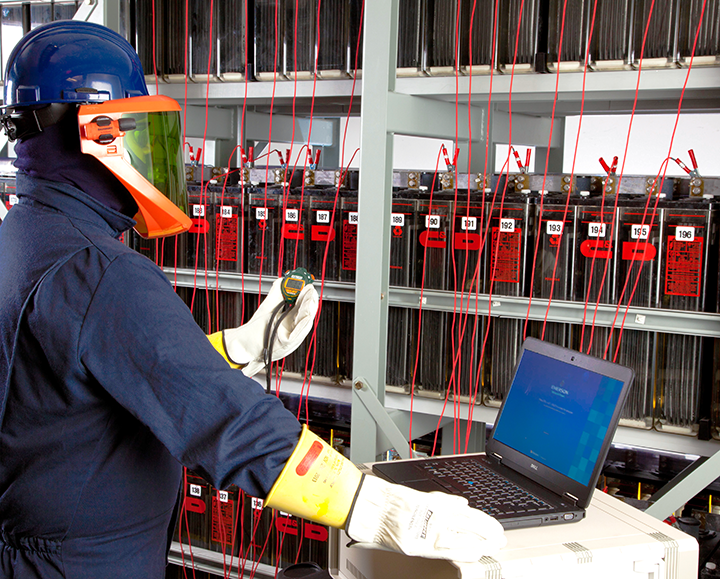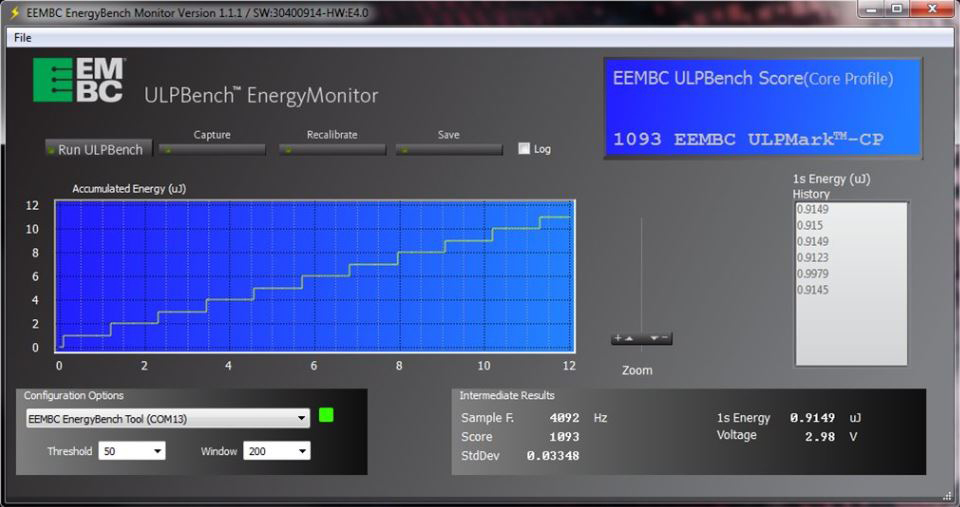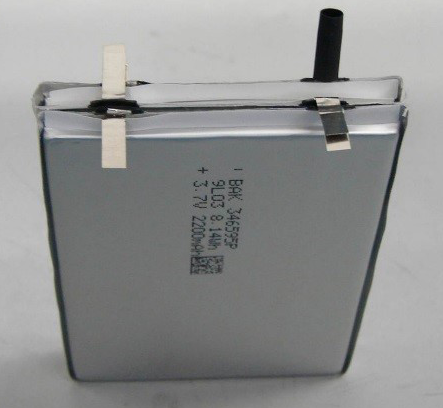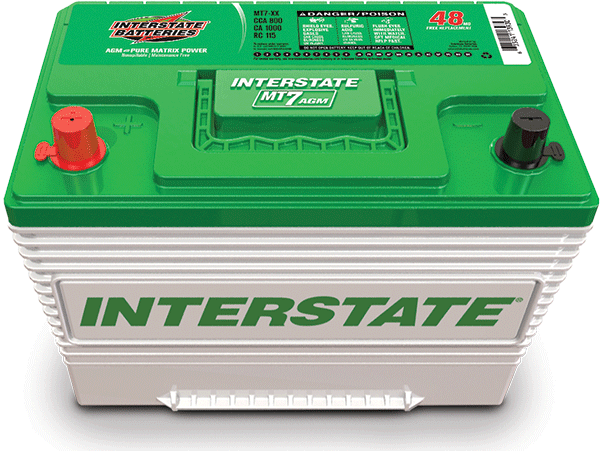Mary Anne Tupta
Keithley Instruments, a Tektronix Company
Rechargeable batteries power a rapidly expanding range of electronic devices, from laptops and tablets to mobile phones and wearable health-monitoring devices. When purchasing these devices, consumers typically take a hard look at battery life and recharge times; operating time is often a deciding factor in the purchase of a mobile device. As a result, researchers are studying ways to increase battery life and decrease the cost of rechargeable batteries. Read more about How to Use an SMU Instrument in Charge/Discharge Cycling for Battery Characterization …












